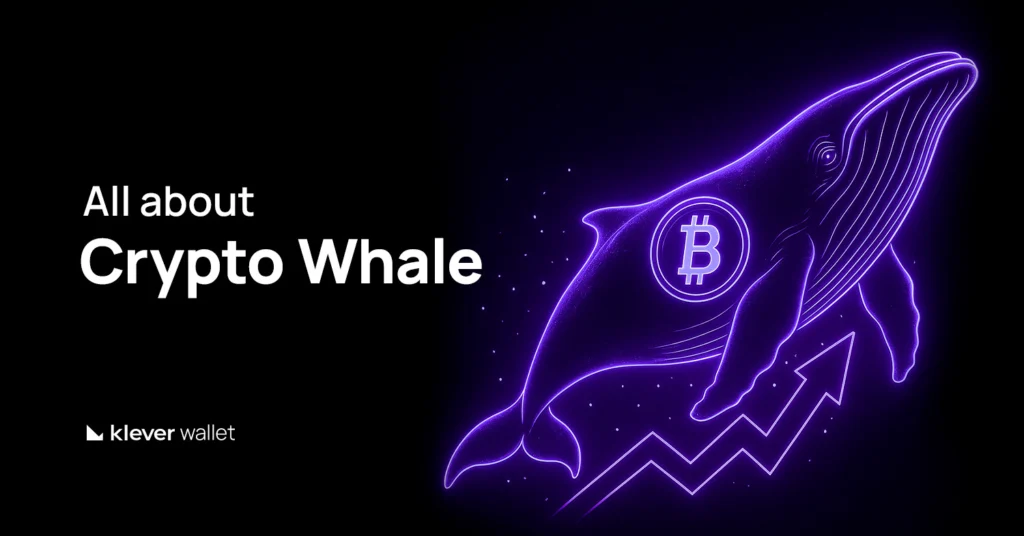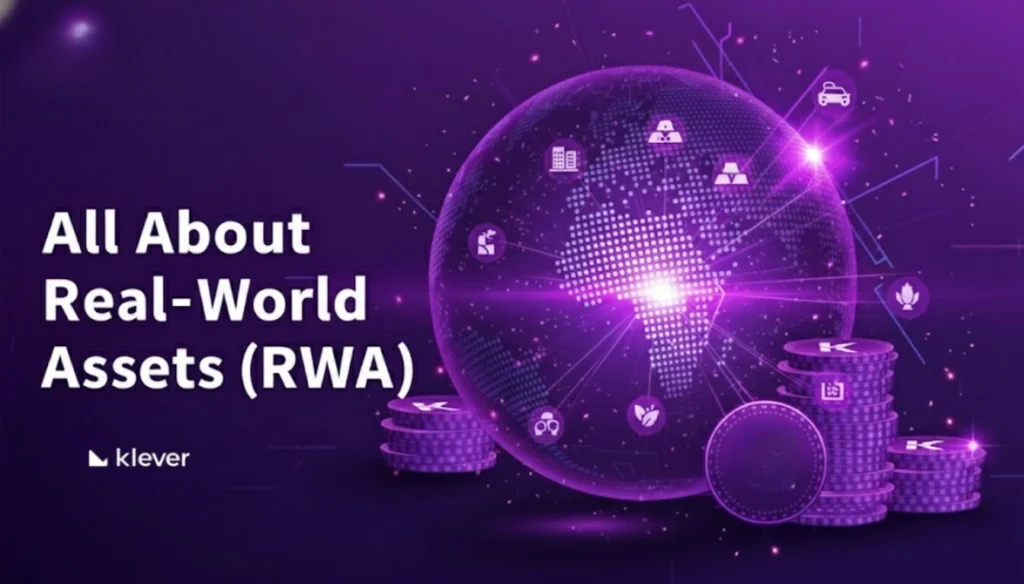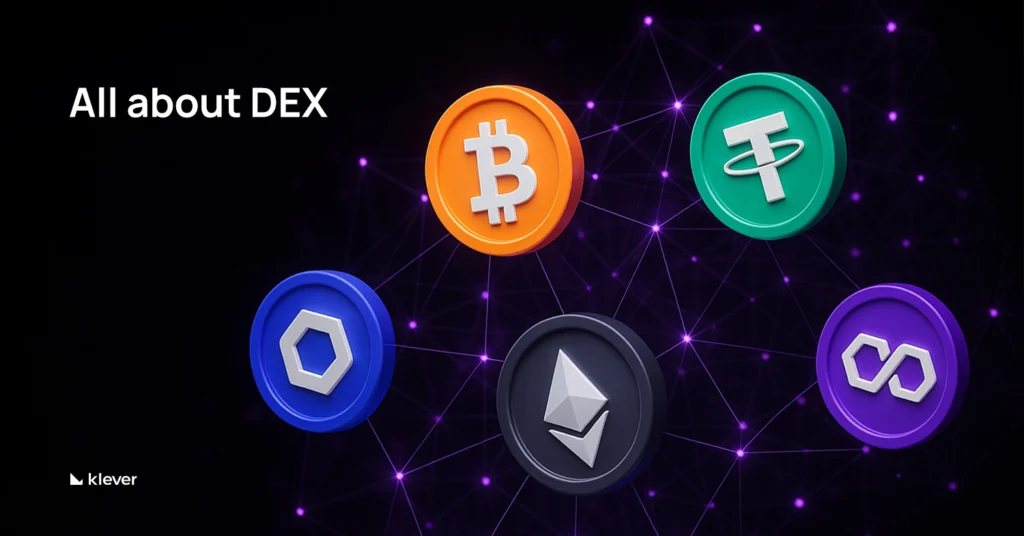
KLV, or Klever Coin, is the native utility token of the Klever Blockchain, a public and decentralized Layer 1 network built to support Web3 applications, DeFi solutions, and digital assets. KLV is designed to power everything within the Klever ecosystem, from transaction fees and staking to smart contract execution and real-world payments.
Let’s explore what makes KLV essential to the Klever network and how users interact with it on a daily basis.
How Does Klever Coin Work?
KLV serves multiple purposes within the Klever Blockchain, such as:
1. Transaction Fees
Klever Coin is used to pay network fees for sending, receiving, and interacting with assets or dApps on the Klever Blockchain. These fees are competitively low and help keep the network sustainable.
2. Staking and Rewards
Users can stake their KLV directly in the Klever Wallet to earn rewards. Staking helps secure the network by supporting validator nodes. In return, users receive additional KLV as staking rewards, making it a key feature for those who want to participate in the network’s growth.
3. Token Burning
A portion of KLV used for network fees is automatically burned. This means those tokens are permanently removed from circulation, reducing the total supply over time and enhancing scarcity.
4. Minting
New KLV tokens are minted as part of the staking rewards mechanism, but the minting process is balanced with burning to avoid uncontrolled inflation. This creates a sustainable token economy that benefits both the network and users.
5. Real-World Use Cases
Use KLV to book flights, hotels, and more. While it’s not a direct buy, it’s a way to spend KLV on real-world services.The Klever Coin also powers services within the Klever Wallet like crypto swaps, payments, and access to DeFi platforms.
6. Deflationary Mechanism
- Automatic Burning: KLV used for transaction fees is partially burned, reducing circulating supply over time.
- Fee Pool Contribution: Part of fees goes to validators and KLV holders via staking rewards, the rest is burned.
KLV Tokenomics Overview
Total Supply:
- 10 Billion KLV (fixed supply)
No new tokens can be minted beyond this cap.
Token Allocation (Initial Distribution)
| Allocation | Percentage | Amount |
|---|---|---|
| Team & Founders | 25% | 2.5 Billion |
| Ecosystem Incentives | 20% | 2 Billion |
| Community Development | 15% | 1.5 Billion |
| Reserve | 15% | 1.5 Billion |
| Strategic Partners | 10% | 1 Billion |
| Private Sale & Investors | 10% | 1 Billion |
| Public Sale | 5% | 500 Million |
The KLV tokenomics details, including total supply, allocation, staking rewards, and burning mechanisms, were originally outlined in Klever’s official documentation and public materials
Key Features of Klever Coin (KLV)
- Non-Custodial: When you hold KLV in Klever Wallet, you have full control over your private keys.
- Fee Discounts: Using KLV within the Klever Wallet can unlock fee discounts for crypto swaps and other services.
- Support for Developers: KLV is used in the deployment of smart contracts and launching new tokens (KDA) on Klever Blockchain, enabling developers to create dApps and services.
Where Can You Get KLV?
KLV is available on several platforms:
- Klever Wallet: Buy KLV using Apple Pay, credit cards, or crypto swaps.
- DeFi: VoxSwap, SimpleSwap, ChangeNow, Bitcoin.me
-
Other Exchanges: Some centralized exchanges offer KLV trading pairs (availability varies by region), including GateiO, Mexc, Cex Bitcoin.me, Huobi, BitGet, KuCoin
KLV is more than just a cryptocurrency; it’s the core of the Klever Blockchain’s functionality. From paying for services to powering decentralized applications and enabling real-world payments, KLV brings utility, security, and flexibility to users and developers alike. Its balanced tokenomics, including burning and minting mechanisms, help maintain a healthy ecosystem as adoption grows.




